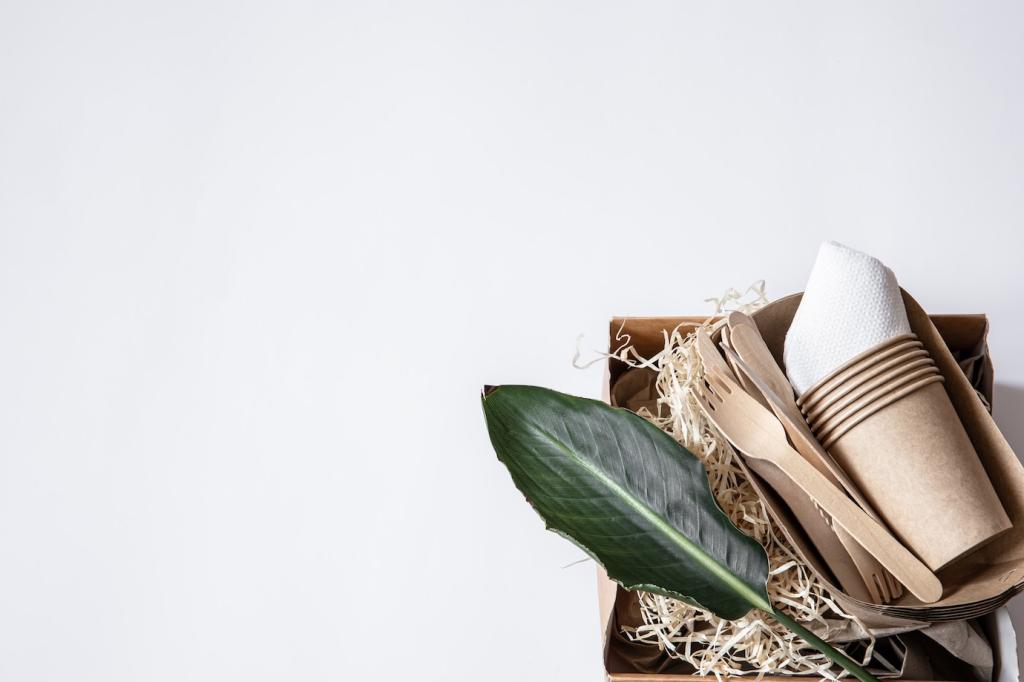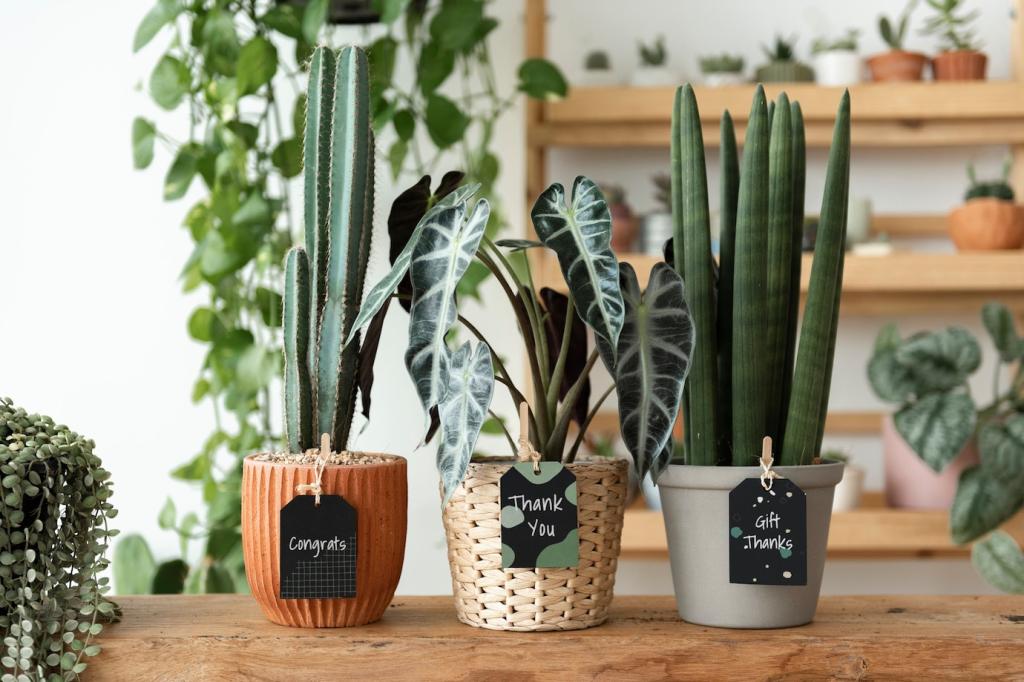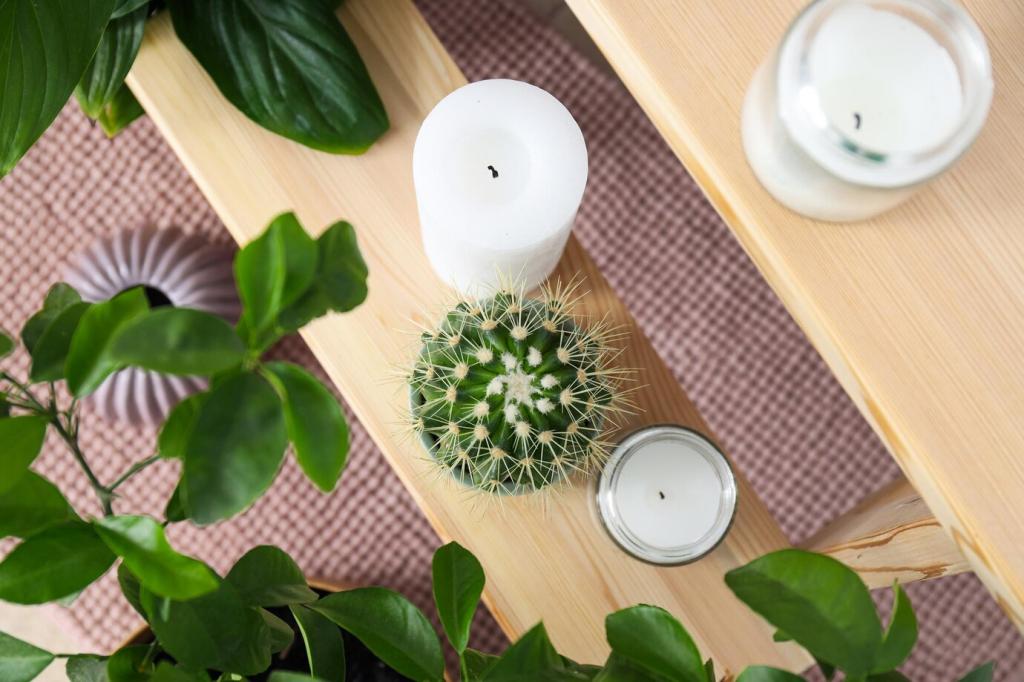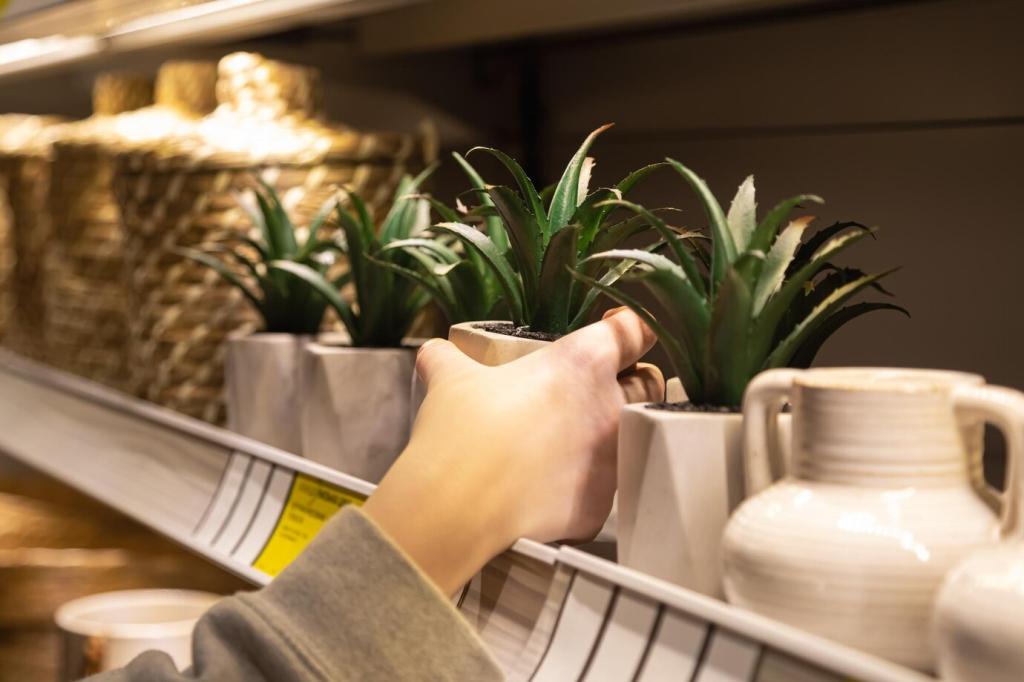Environmentally Friendly Color Schemes: A Lighter Footprint in Every Hue
Chosen theme: Environmentally Friendly Color Schemes. Explore how thoughtful palettes can reduce impact, support wellbeing, and still look stunning. Join us, share your swatches, and subscribe for fresh ideas, case studies, and community challenges that turn color into a daily climate ally.
Low-Impact Materials and Certifications
Volatile organic compounds off-gas from many paints, affecting indoor air and health. Choose certified low- or zero-VOC bases and colorants, and ventilate thoroughly. Lighter, high-reflectance colors can reduce the need for artificial lighting, saving energy while creating a spacious, comfortable atmosphere for daily life.
Natural dyes are not automatically benign; water, mordants, and land use matter. Seek closed-loop dye houses, Bluesign-approved processes, and recycled dyestuffs like walnut husks or onion skins. Prioritize colorfastness, so garments live longer, and repair rather than replace when shades fade with honest wear.
Labels help decode complexity. Look for GREENGUARD Gold and EU Ecolabel on coatings, Cradle to Cradle on finishes, Bluesign on textiles, and FSC on papers and packaging. Certifications are not perfection, but they raise baselines, demand transparency, and simplify better choices in real projects.
Nature-Inspired Palettes with Purpose

Forest Canopy Greens and Bark Neutrals
A small studio we refreshed used olive canopy green, lichen, and bark-toned blacks. Clients reported calmer workdays and fewer distractions. We paired the palette with responsibly sourced timber accents, letting textures do the talking while the greens kept the mood grounded, restorative, and quietly optimistic.

Coastal Blues with Algae Accents
A coastal palette balances airy blues, weathered gray, and a hint of seaweed green. It pairs beautifully with algae-based inks for printed collateral, turning inspiration into material change. The result feels breezy, modern, and gently educational without leaning on clichés or over-saturated nautical tropes.

Desert Sunsets, Heat-Savvy Design
Desert-inspired terra-cotta, sand, and muted blush reflect sunlight gracefully, easing visual heat in bright rooms. Combined with breathable plasters and natural fibers, these hues create cooling, tactile interiors. The palette invites slow evenings, open windows, and conservation-minded habits that feel intuitive, not forced.



Printed Matter and Packaging with Cleaner Color
Vegetable and soy-based inks, waterless offset, and radiation-curing processes lower VOC emissions compared to conventional systems. Algae inks add a compelling story and measurable reductions. Skip metallics and heavy varnishes that complicate recycling. Your color reads rich on uncoated stocks while still respecting the paper’s second life.
Make It Yours: Building Your Eco-Friendly Palette
Start with What You Already Own
Before buying anything, pull swatches from items you already own—rugs, ceramics, garments—and build from those hues. This anchors your scheme in real life and avoids waste. One reader shared how this simple step prevented an unnecessary repaint and sparked a deeply personal, enduring palette.
Test Swatches in Real Light
Paint large test patches and observe them at dawn, midday, and night under your actual bulbs. Note how north- and south-facing light shifts warmth. Photograph and compare. Waiting a week before committing often averts mistakes, conserving money, time, and resources otherwise spent correcting hurried decisions.
Share, Subscribe, and Shape Our Next Palette
Join our community: comment with your favorite eco-friendly palettes, subscribe for monthly case studies, and tag your experiments so we can feature them. Your feedback guides upcoming explorations, collaborations, and challenges that turn color into a practical climate ally, one thoughtful choice at a time.
